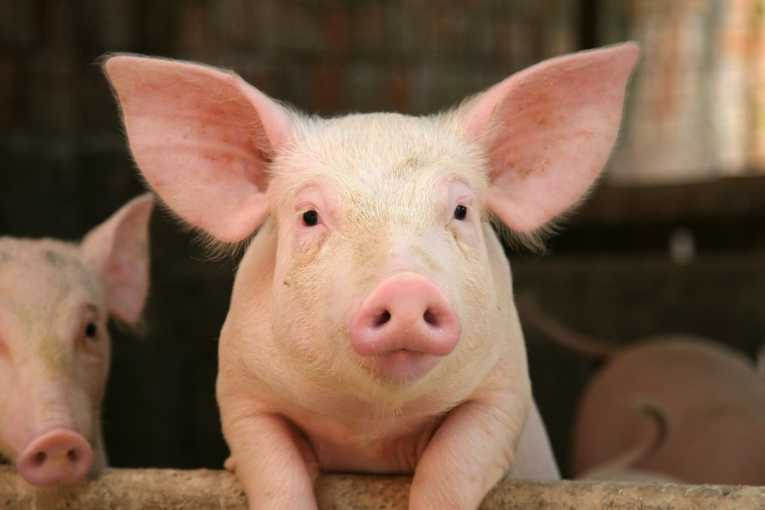
Pigs are estimated to have evolved about 38 million
years ago in central Europe, and about 25
million years ago to have become established in Africa
and Asia. Pigs became domesticated in China
about 5000 b.c.e. The reason for the delay in agricultural
domestication is believed to be that pigs
were unwilling to adapt to a nomadic lifestyle, as
dogs, sheep, and goats did. The domesticated pig is
thought to have descended fromtwo different lines
of wild hogs. It is believed that the East Indian pig
(Sus vittatus) has had major influence on the swine
of China and the surrounding region. The European
wild boar has probably had major influence on the
rest of the various breeds of pigs in the world.
The domestic pig is a compact, solid-looking
animal with a large head, short, fast-moving legs,
a rough coat, and a small tail. The color of a pig can
vary greatly, fromwhite or black to brownish-red,
and any combination thereof, including spotted,
solid colored, and banded. Some may reach a
height of only twelve inches at the shoulder, others
may reach all the way to four feet. The weight
of a pig also can vary, with some weighing only
about 60 pounds, where others can go over 900.
The average meat pig falls in the range from225 to
300 pounds.
Humans use pigs in many different ways. From
the point of view of the percentage of the carcass
used, the pig is the most utilized of all domesticated
animals. The hair is used for brushes because
it is very strong, yet flexible. The hide is used for
numerous products, from shoes to purses; in general
it is lightweight and durable. The blood and offal
are used for fertilizers, soaps, and medical supplies.
Domestic pigs have been used by mankind
for centuries as a main supplier of dietary protein.
Types of Pigs
Pigs are cloven-hoofed ungulates, and are closely
related to the hippopotamus. As mentioned, the
domestic pig (Sus scrofa) isnowfound worldwide.
They are omnivorous, eating almost anything.
However, pigs generally prefer to eat soft tissue
plants, especially roots and tubers, which they dig
up with their noses. They will also eat leaves,
seeds, bugs, and anything that is found on the
ground, including bird eggs, baby birds, snakes,
and carrion.
There are hundreds of different breeds of pigs
in the world. Most of the breeds that the various
departments of agriculture recognize as major
contributors to current swine production come
from the United States or Europe. The pigs can be
identified as being either meat, lard, or bacon
types. Lardtypes have lost a great deal in numbers
over the past fifty years, and have been bred into a
style more like meat. The pig population in the
world is large, and is approaching almost one billion
in number, with China having the largest
number, 250 million. Russia and the United States
are tied in second place with about 60 million
each. Brazil would be fourth with 35 million.
The largest consumer of pork per capita is Denmark
(105 pounds annually), followed by Hungary,
Germany, Austria, Luxembourg-Belgium, and the
United States. In the United States, the state of
Iowa leads in production of hogs, followed by Illinois,
Missouri, Indiana, and Minnesota.
Pigs are very smart domesticated animals. Their
abilities are thought of as being greater than those
of the domestic dog. Indeed, pigs make fine pets,
as is evidenced by the pot-bellied pig of Southeast
Asia.
Pigs and Hogs Facts
Classification:
Kingdom: Animalia
Phylum: Chordata
Subphylum: Vertebrata
Class: Mammalia
Subclass: Theria
Order: Artiodactyla
Family: Suidae
Subfamily: Suinae
Genus: Sus
Geographical location: There are no true wild
pigs in theWestern Hemisphere, but there are
feral hogs, except in Antarctica; the javelina,
native to North and South America, is not a
true pig; wild pigs are found in Southeast Asia
and Eurasia
Habitat:Wide range, from swamps and rain forests
to dry lands and mountains
Gestational period:Alittle less than four months
(111-115 days)
Life span: Domestic pigs generally have a life
span of from six to ten years, with an occasional
occurrence of over twenty years
Special anatomy: Pigs have an excellent sense of
smell and exceptional hearing, but their eyesight
is weak
Other popular Animals
Photo Gallery of - Pigs and Hogs

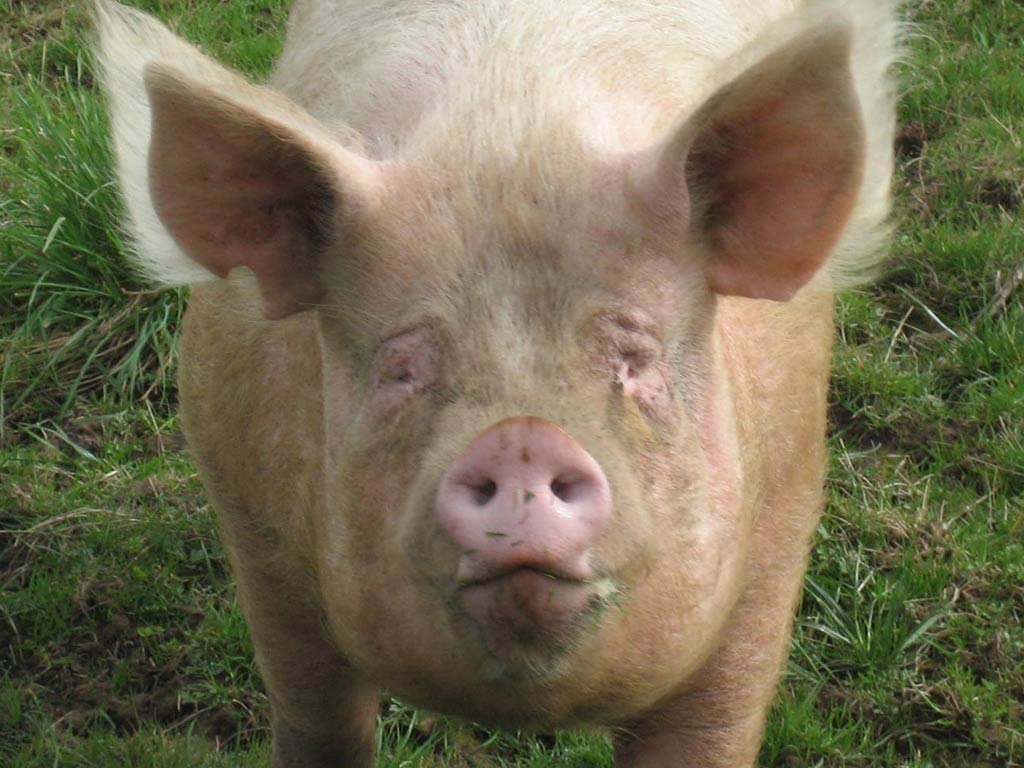
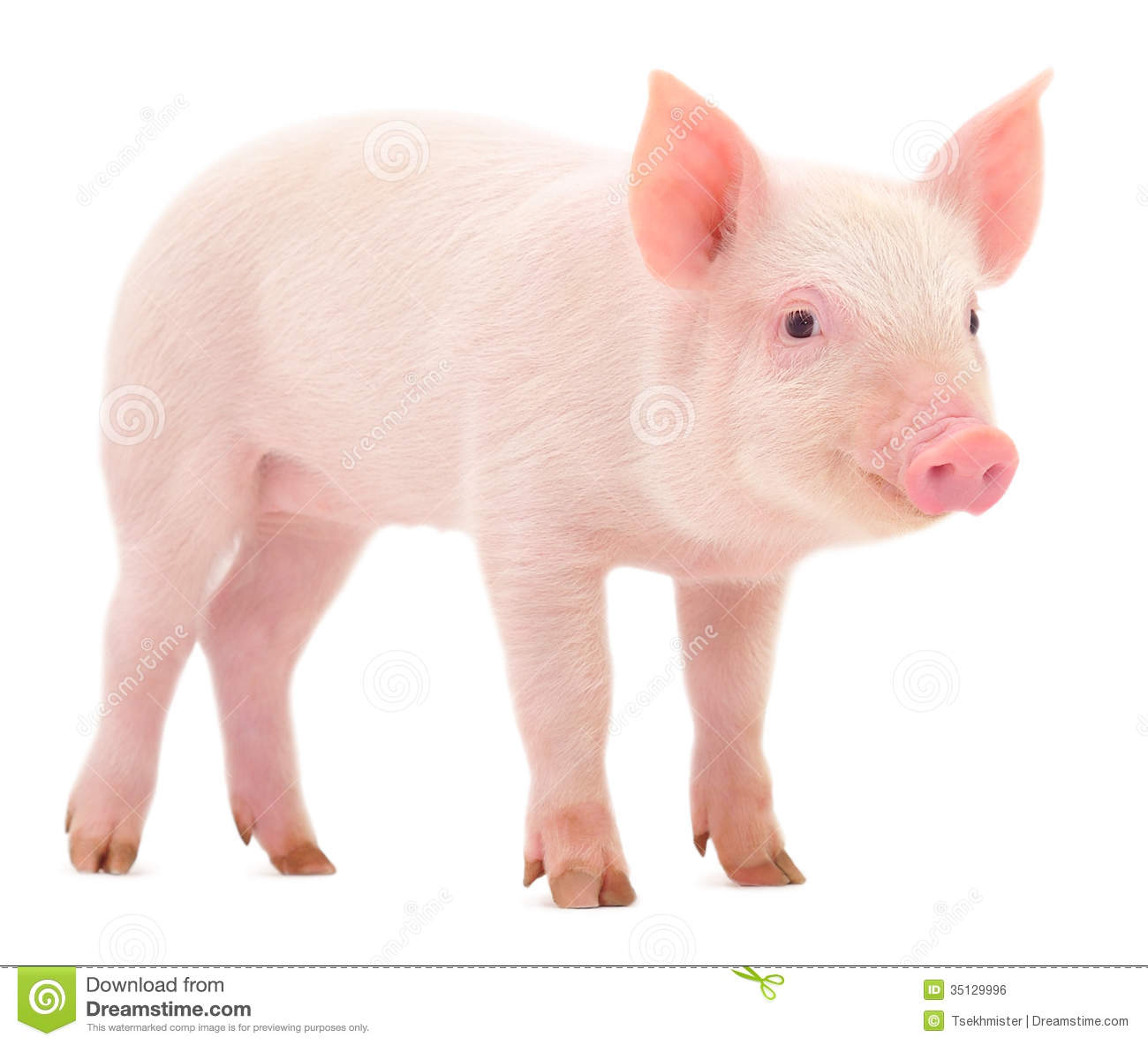
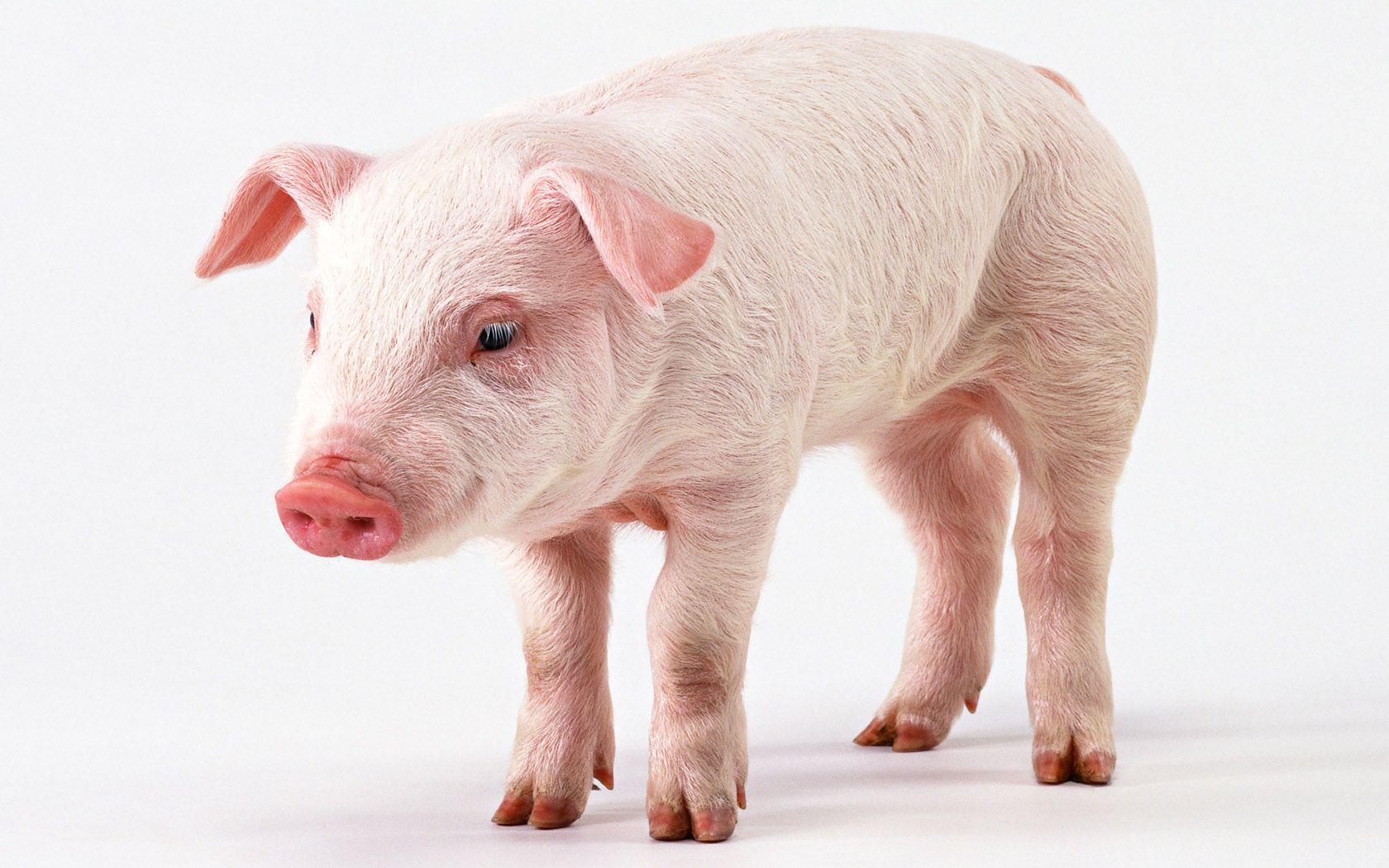


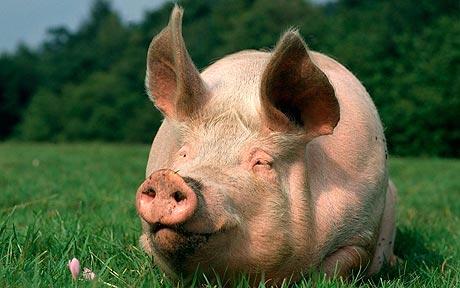

 Animalia Life
Animalia Life